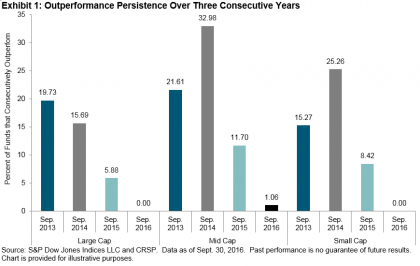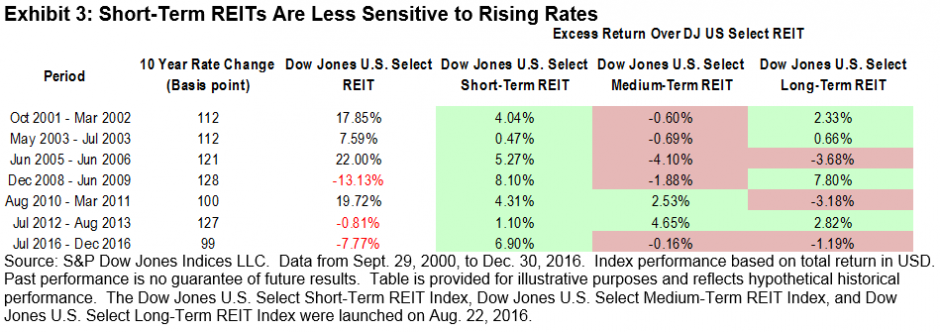New exchange-traded funds (ETFs) are being created, and while that means we can expect innovation throughout the fund and indexing industries, “a proliferation of new funds could mean heightened risks for investors, particularly regarding ETFs, because many of those funds don’t trade frequently, making them more volatile.”[1] ETFs are arguably responsible for a rapidly democratizing investment landscape. Today, almost any firm can launch an index to be tracked by an ETF; one does not need to be an asset manager with billions under management. Furthermore, market participants of any size can access strategies through an ETF that previously had been only available through hedge funds and investment banks. However, with the increasing number of ETFs, it is imperative to better understand these funds and make informed decisions.
Is it an ETF? If it Is, What Does That Mean?
The term ETF must always be qualified and investigated if the sought structure is a passive, index-tracking product that holds stocks—otherwise you may end up with something very different.
There are exchange-traded notes (ETNs), exchange-traded mutual funds (ETMFs), active ETFs (ETFs that don’t track an index), and within ETFs certain funds can be structured differently and not hold a single stock. For example, grantor trusts can hold an interest in a physical commodity such as gold, while limited partnerships are more likely to be used for commodity-centric ETFs with exposure to futures contracts. These structures are ETFs, but they can behave differently than open-ended funds and unit investment trusts, which many often mistakenly think follow the general structure of an ETF. Open-ended funds and unit investment trusts are where one will most likely find a passive, index-tracking ETF that holds stocks.
ETMFs and active ETFs both should automatically be discounted if one is seeking a passive, index-tracking ETF. ETNs can be passive and index tracking; however, their structure can introduce credit risk since they don’t hold any securities. Rather, they are unsecured, unsubordinated debt securities issued by an underwriting bank. Notably, a bank may close down even profitable ETNs “to clean up the liabilities on their balance sheets,”[2] whereas the closure of a profitable ETF is less likely.
Even ETFs Can Die
ETFs can close down. In fact, “while ETFs have enjoyed explosive growth over the past decade, a record number of them—127—closed up shop last year, and liquidations are showing no sign of slowing.”[3] So choosing an ETF structure does not guarantee anything, including the survival of the ETF, even if the performance is stellar. In short, unless the ETF is profitable, the fund sponsor probably won’t keep it around for long. That is why looking at the size of an ETF’s assets under management is important.
It’s All About the Index
So now we know enough to not consider certain vehicles just because they are exchange traded (whether they be funds or other types of products). Even if they are true, passive ETFs that track an index or profitable ETNs, they are not immune to being shut down. However, the most important factor to look at is the index. The index will tell you what the ETF is attempting to achieve—it’s the code by which the fund runs. With the growing number of ETFs and firms launching their own indices, it’s become critical to know who the index sponsor and calculation agent are. Specifically, is the index administered by a reputable firm that complies with IOSCO principles? Does the ETF track an index that was created by the fund sponsor (i.e., self-indexing) or an affiliate of the fund sponsor? If so, is that self-created index independently calculated? Assuming it is independently calculated, who exactly is calculating the index?
While there are no guarantees in financial markets, you can obtain some exchange-traded assurance when you want a truly passive ETF by understanding the structure of the fund, knowing that some may shut down, and the fund’s underlying index. In an earlier blog,[4] I discussed a formulaic approach to ETF identification to help anyone in their quest for exchange-traded information. Don’t be shy about using it.
[1] Dave Michaels, https://www.wsj.com/articles/here-come-etf-regulations-and-why-the-industry-is-happy-about-it-1488770041
[2] Sumit Roy http://www.etf.com/sections/features-and-news/why-credit-suisse-closing-its-popular-oil-etns
[3] Simon Constable https://www.wsj.com/articles/what-to-do-when-your-etf-shuts-down-1488769861
[4] https://www.indexologyblog.com/2014/03/04/a-formulaic-approach-to-etf-identification/
The posts on this blog are opinions, not advice. Please read our Disclaimers.













